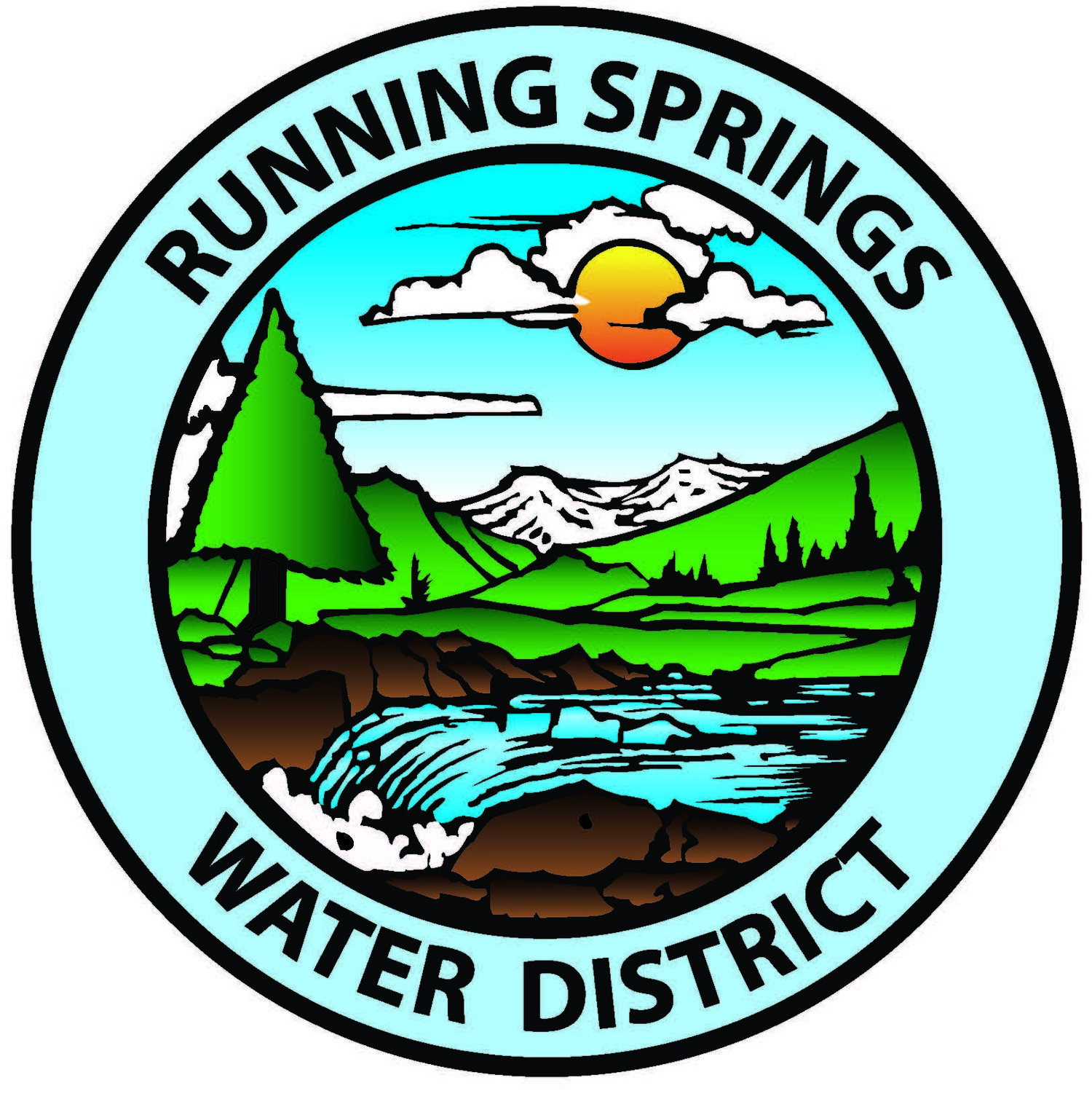Employment Opportunities
To make a payment by phone please call (866) 259-2151
NOTE: Cash, checks, and autopay via bank draft are still accepted in addition to the methods listed above.
RSWD is going GREEN!! Sign up for Paperless Billing
Please click the button below to access Running Springs Water District Transparency Links and Documents, including:
Salary Information, State Controller’s Website, Current Budget, Annual Independent Audit Reports, Information about Gifts to RSWD, and SB 272 Compliance.
Availability Bills
The Running Springs Water District operates and maintains three separate departments providing fire, water, and sewer services for the Running Springs area.
Availability charges are benefit assessments which are levied on an annual basis pursuant to State law to equalize the cost of providing and maintaining services for property owners. Starting in Fiscal Year 2025, all availability bills will be collected on the San Bernardino County Tax Roll. To learn more about these bills click the links below:
-
The District first began billing the water availability charges in 1969. Annual billing of the sewer availability charges began in 1978. The charge are levied according to need, and are assessed on unimproved and certain improved land within the boundaries of the Running Springs Water District. The water standby or availability charge was set not to exceed thirty ($30) per year for each acre of land, or thirty ($30) per year for each parcel of land smaller in size than one acre within the District, to which water is made available for any purpose by the District, whether the water is actually used or not. The sewer standby charge was set not to exceed ten ($10) per year for each acre of land, or ten ($10) per year for each parcel of land smaller in size than one acre within the District to which sewer is made available used or not. Each legally subdivided lot, meeting minimum San Bernardino County site requirements is subject to water and sewer availability charges. The revenue generated by these charges will be used for repair and replacement expenses on our water and sewer facilities.
Beginning with fiscal year 2025, water and sewer availability charges will be collected on the San Bernardino County tax roll.
-
In November 1980, the voters of Running Springs approved this availability charge pursuant to the provisions of Proposition 13. Unlike water and sewer, the fire suppression availability charge is levied only on improved properties in the District. Our criteria for establishing the unit of benefit was based on building occupancy load ratings from the Uniform Building Code. The amount to be raised by the charge is evaluated yearly according to alternate funding sources and the needs of the Fire Department. The amount of this charge as set by the voters is a maximum $65 per unit of benefit per year. Revenues generated will be used to maintain and operate fire suppression equipment and to pay related personnel costs. Beginning with Fiscal Year 2001/02 the Fire Availability Charge will be collected on the San Bernardino County property tax bill.
-
Water Conservation Information
Second Water Conservation Emergency Regulation of 2022 - May/June 2022
On March 28, 2022, Governor Gavin Newsom ordered the State Water Board to consider adopting an emergency regulation for urban water conservation. On May 24, 2022, the State Water Board adopted an emergency regulation. On June 10, 2022, the emergency regulation went into effect. It will remain in effect for one year from the effective date, unless the State Water Board acts to end, modify, or readopt it. See more information on the emergency regulation here.
Emergency Regulation Requirements (more in documents below):
Commercial, industrial, and institutional decorative grass should not be watered*
Give all trees just what they need: avoid overwatering
Follow the local requirements of your water supplier
Urban water suppliers should implement all Level 2 demand reduction actions by June 10, 2022*
*Unless otherwise allowed in the regulation
Emergency Regulation Documents:
Frequently Asked Questions (updated 6/10/2022)
Office of Administrative Law Notice with Approved Regulation Text (6/10/2022)
SWRCB Resolution (adopted 5/24/2022)
Informative Digest and Fiscal Impacts Analysis (5/27/2022)
Notice of Proposed Rulemaking (5/27/2022)
Executive Order N-7-22 (3/28/2022)
Timeline:
April 21, 2022: Public webinar held for input based on a working staff draft of regulation text
May 13, 2022: Agenda item with proposed emergency regulation text posted on the State Water Board website
May 24, 2022: State Water Board will consider adoption of the emergency regulation during the Board meeting
June 10, 2022: Emergency regulation took effect, upon completion of Office of Administrative Law process
First Water Conservation Emergency Regulation of 2022 - January 2022
The State Water Board finds that an emergency exists due to severe drought conditions and that adoption of emergency regulations is necessary. During 2021, Governor Newsom proclaimed a drought state of emergency for all counties in California, culminating, to date, with his October 19, 2021 proclamation, urging Californians to step up their water conservation efforts. Immediate action is needed to ensure all Californians are taking sufficient actions to conserve water and preserve the State’s water supply. On January 4, 2022, the State Water Board adopted an emergency regulation by resolution. On January 18, 2022, the emergency regulation became effective. It will remain in effect for one year from the effective date, unless the State Water Board acts to end, modify, or readopt it.
Emergency Regulation Requirements (more in the documents below):
Turn off decorative water fountains
Turn off/pause your irrigation system when it’s raining and for two days after rain
Use an automatic shutoff nozzle on your water hose
Use a broom, not water, to clean sidewalks and driveways
Give trees just what they need: avoid overwatering
Emergency Regulation Documents:
Frequently Asked Questions (2/28/2022)
Preguntas Frecuentes (28/2/2022)
Press Release: State Water Board adopts emergency water use regulations to boost drought resilience (1/4/2022)
Resolution with Adopted Text of Emergency Regulation (adopted 1/4/2022)
Proclamation of a State of Emergency (10/19/2021)
Final 2020 Urban Water Management Plan (UWMP)


